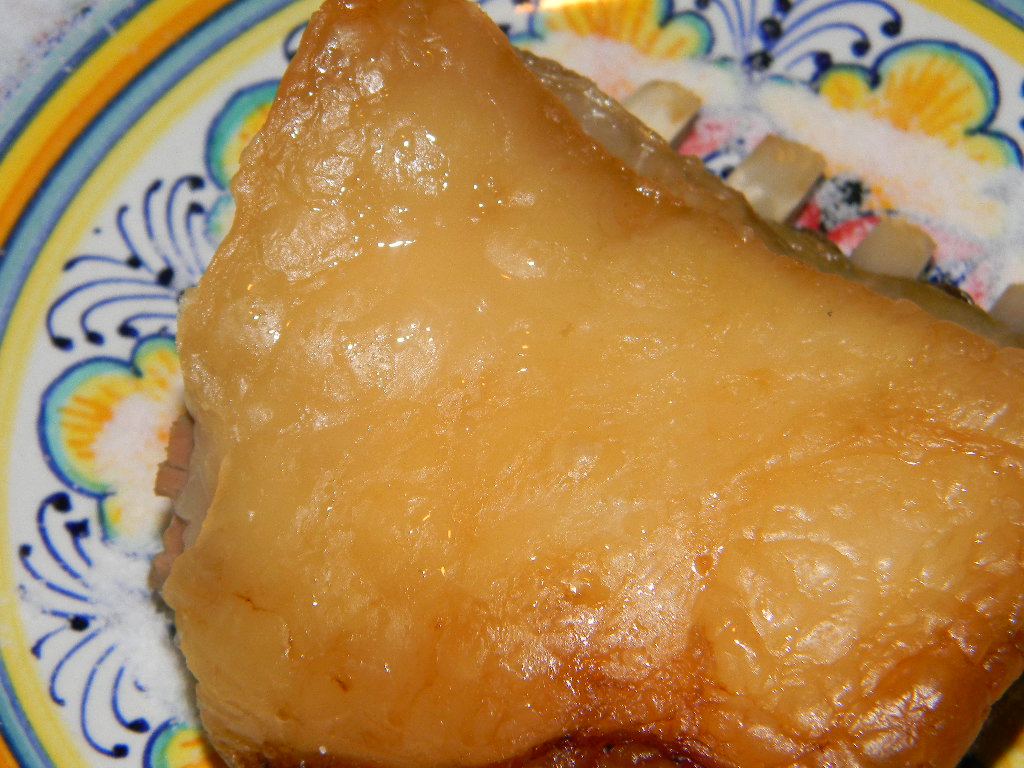When eating a zero carb keto diet, this means to eat fatty meats, salt, and water. And that is pretty much it! Some people also eat dairy, but I do not. Dairy causes inflammation for me, in the form of aggravated keratosis pilaris (bumpy skin) and eventually gut issues, metabolic problems, and weight gain.
So if leaving out dairy, that leaves just fatty meats. Within that category, there is red meat, pork, poultry, eggs, and fish.
I primarily eat only fatty red meats. I avoid pork and poultry because they are higher in omega 6 fatty acids and are not as healthy. I notice that my health parameters are much better with just fatty red meats, such as beef and lamb.
I also eat the organ meats and offal, including heart, tongue, liver, sweetbreads (pancreas and thymus), kidneys, testes, and tail. These are very important, in my opinion, because of the amazing amounts of nutrients, micronutrients, and antioxidants in them. For example, even though all fresh meats contain antiscorbutic compounds to prevent scurvy, sweetbreads contain actual vitamin C, liver is incredibly high in retinol, and heart is very high in coenzyme Q10.
I only very occasionally eat fish. Sablefish is the only fatty enough fish on its own that I can find, and even then it is very expensive and has to be special ordered, and there is the worry about mercury and toxicity. But, it is important to note that the fats from 100% grassfed red meat provide all the needed omega 3 fatty acids for daily recommendations.
Then there are eggs. I sometimes pick up hard boiled eggs when traveling, if I am unable to pack meat with me. They can be found in grocery stores and convenience stores now. But I feel that eggs, just like poultry, are higher in omega 6 fatty acids, and so are not as healthy as fatty red meats. They affect my gut too. Really, I should just pack some of my homemade beef heart jerky when traveling! Since I leave the fat on it, it is not too lean and works great when traveling.
When people ask about my way of eating, and I explain that it is a high fat diet, they are concerned and ask, "But are you eating healthy fats?" Many people believe that liquid oils are "healthier". I disagree. My health parameters and gut are all much better now that I avoid liquid oils! Plus, I have no use for oils. I do not cook my meats in any oils or butter or anything. I just put the meat cuts in an empty slow-cooker over night, or on a tray in the toaster oven. Nothing else needed when you have naturally fatty cuts! Nature at its best!
In regards to health parameters, I wanted to share a good body fat calculator that I found online. I have been using a combination of calculators as well as a scale. This calculator puts me at 14% bodyfat, which is considered "Athlete". My scale usually shows 15%. Between the two, I get a fairly good idea of where I fall, and I am very pleased to be able to maintain an athletic bodyfat level with only a 30 minute ballet workout daily. Here is the calculator:
I also wanted to add that I think it is very important to concentrate on the fatty cuts so no extra fat is needed. These cuts include beef tongue, oxtail, and beef brisket, short ribs, and loin roasts or chuck roasts. Be sure to check briskets, short ribs, and roasts for nice thick layers of fat! Many processors cut off all fat! Also, most lamb cuts are fatty enough on their own. If you buy a whole lamb share, that is much more economical than single cuts.
When I just cannot find fatty cuts, I have some marrow fat on the side. Marrow fat is incredibly nutrient and calorically dense, so just a tiny 15g piece is all I need on the side of a meal. It is expensive, and very hard to find 100% grassfed, but since only small amounts are needed, it can be reserved for just the lean times!
 |
Grassfed lamb roast with sea salt
|


Comments
Post a Comment